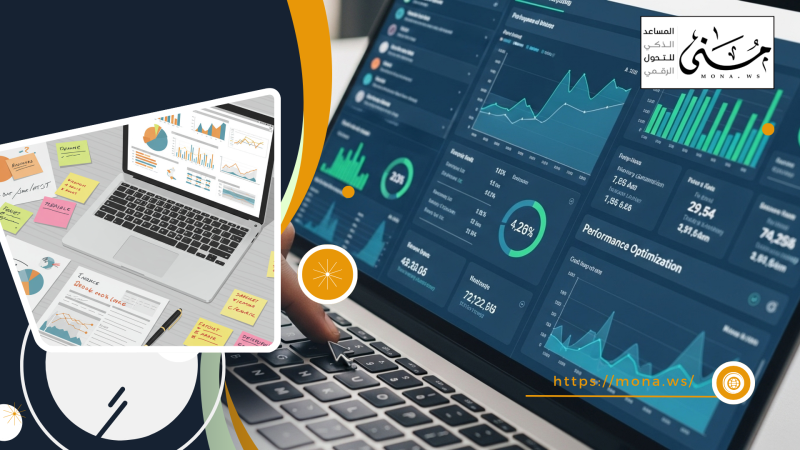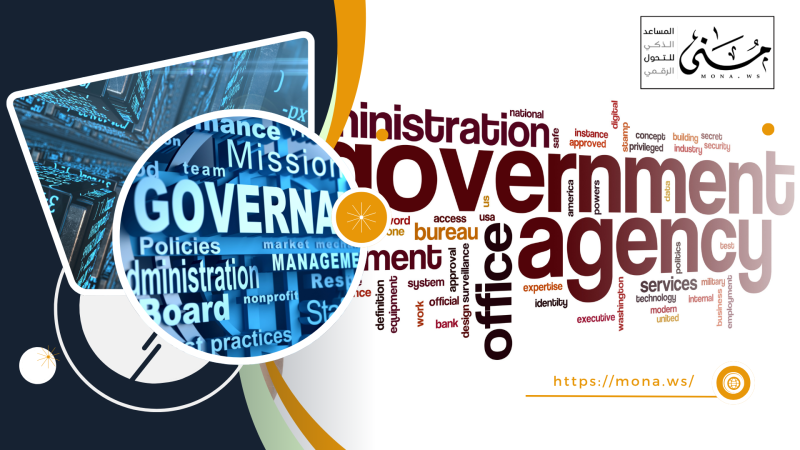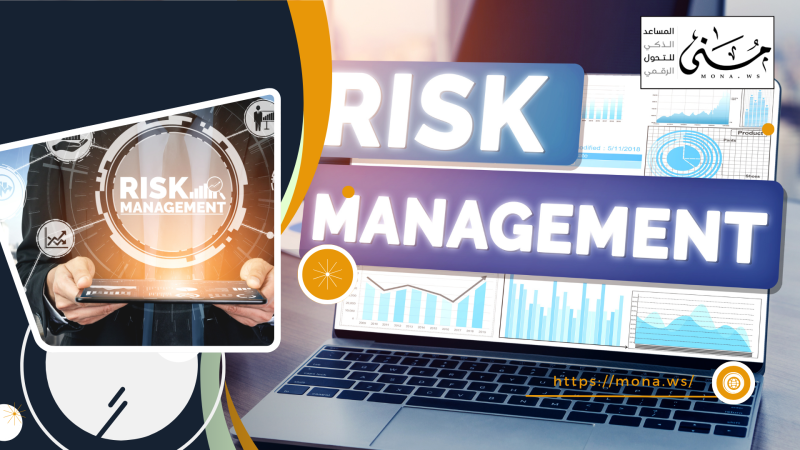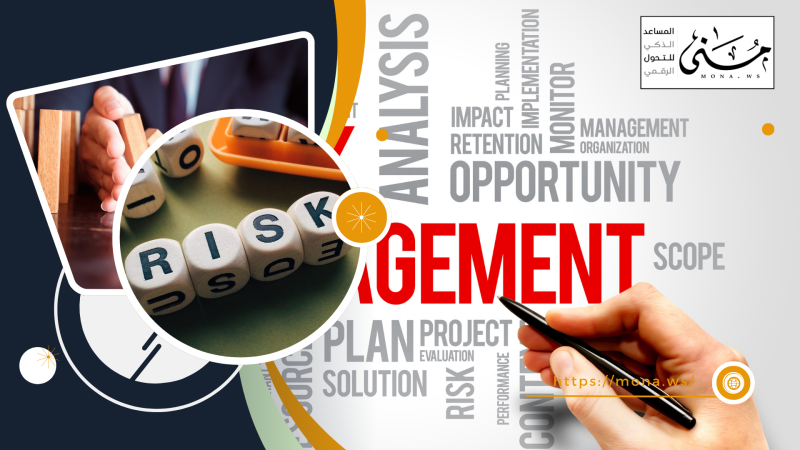In the world of modern management, the transaction cycle has become a key component in improving organizational performance and achieving integration between various units. With the accelerating digital transformation, administrative transactions are no longer just papers passed between offices. Rather, they represent an interconnected series of processes that begin with a letter and end with digital documentation that can be linked and retrieved at any moment.
In this article, we present a comprehensive approach to redesigning the administrative transaction cycle, starting from the moment correspondence is created, through all correspondence procedures, and ending with digital archiving and linking it to issued decisions.
The modern concept of the transaction cycle
In the past, transaction cycles were primarily paper-based, creating numerous challenges such as lost or delayed transactions, difficulty tracking them, and a lack of administrative integration. Today, organizations are seeking technological solutions that ensure efficiency, speed, and accuracy. This highlights the importance of redesigning the transaction cycle according to a smart digital approach.
The modern transaction cycle includes all procedures related to the transaction, from the moment of creation, through review, approval, and tracking, to final archiving. This is accomplished through advanced systems that manage incoming and outgoing transactions with high professionalism.
From Creation to Classification: Smart Start
Every transaction cycle begins with a letter, whether internally directed between departments or externally directed to a third party. In this context, it is not enough to simply write the letter. Rather, the messages must be structured in a clear manner that allows them to be easily classified later. This is done by identifying the type of transaction, its degree, the recipient, and its degree of importance. These are all elements that affect the course of the transaction cycle later on.
The system allowsDocSuite makes it easy to create correspondence, with pre-made templates that make it easy to write and categorize letters uniformly, increasing efficiency and reducing human error.
Correspondence Procedures: Full Control of the Path
Correspondence procedures are one of the most important stages of the transaction cycle, as during them the transaction is passed from one user to another, for the purposes of review, approval, or adding comments. Instead of relying on paper signatures or random emails, smart organizations have come to rely on clear paths within systems.Workflow, in which responsibilities and timing for each step are precisely defined.
The system providesDocSuite allows you to create custom workflows tailored to the nature of the transaction, ensuring it moves smoothly, with all actions recorded in an accurate log that can be referenced later.
Traceability: Full Transparency
One of the most notable features of the modern system is the ability to track transactions at any time, know where they are stuck, and who is responsible for the current process. This is a crucial element in ensuring the smooth and speedy flow of the transaction cycle. The system also allows officials to verify compliance levels, identify bottlenecks, and address them immediately.
Digital Archiving: The End That Builds the Beginning
After the transaction cycles have concluded, comes the digital archiving stage, which is no less important than the previous stages. Instead of storing transactions in traditional files that could be damaged or lost, they are stored electronically and linked to all previous procedures. This facilitates later retrieval and enables analysis of the associated data to make better decisions in the future.
Provides a platformDocSuite offers advanced archiving tools, including attachment saving, backups, linking transactions to previous resolutions, and a smart search engine that makes it easy to retrieve any transaction in seconds.
Administrative Integration: The True Competitive Advantage
Through an integrated design of transaction cycles, a high degree of administrative integration is achieved, as transactions are linked to other systems such as human resources, finance, project management, and others. This type of integration leads to reduced duplication, consolidated data, and increased decision-making efficiency.
Systems such as:SAP and Oracle offer this type of integration, but when it comes to a comprehensive and easy-to-use platform, DocSuite remains an ideal choice for organizations looking for intelligent solutions for managing the transaction cycle.
Why redesign the transaction cycle?
Redesigning business processes is not just a technical step; it is a corporate strategy that reflects the organization's vision for operational excellence. The benefits include:
- Reducing the time taken to complete transactions.
- Reduce reliance on paper.
- Improving the quality of service provided.
- Increase internal and external customer satisfaction.
- Promote compliance with official procedures.
Recommendations for a successful application
To get the most out of your transaction cycle redesign, organizations recommend the following steps:
- Analyze the current cycle and identify weaknesses.
- Involve all stakeholders in designing the new course.
- Platform approvalWorkflow is as flexible as DocSuite.
- Training employees on the new system.
- Continuous monitoring and continuous improvement of the course.
Redesigning transaction cycles from correspondence to archiving represents a pivotal step towards smart digital management, in line with the requirements of the era and achieving true administrative integration, with the availability of powerful tools such asWith DocSuite, you can turn administrative challenges into opportunities and elevate organizational performance to new heights.
In an age of speed and transparency, the transaction cycle is no longer just an internal procedure. Rather, it reflects an organization's professionalism, its ability to develop, and its ability to respond intelligently to changes.
Steps to successfully implement the digital transaction cycle
In this section, we take you step-by-step through implementing the digital transaction cycle in the workplace, focusing on effective practices and technologies used.
- Initial analysis of the current transaction path
Before beginning any redesign, it's important to study the current situation. What are the steps in the transaction cycle currently followed? Who is involved? How long does it take? What are the delays? This analysis helps identify gaps and develop a precise improvement plan.
- Designing the right digital path
Based on the analysis, the message structure and transaction path are designed according to the organization's needs. The design takes into account:
- Who are the decision makers?
- What type of approvals are required?
- What repetitive actions can be automated?
This is where the power of tools like:DocSuite allows you to easily build workflows without any programming.
- Integration with other systems
To ensure the effectiveness of the transaction cycle, it must be linked to other corporate systems, such as human resources systems, legal affairs systems, and project management. This achieves administrative integration and ensures that every step is linked to accurate and up-to-date information.
- Employee training and education
Technology alone is not enough. Employees must be trained to use the new system and educated on the importance of tracking transactions electronically rather than traditional methods. Continuous training reduces errors and improves quality of use.
- Continuous review and improvement
After implementation, it is recommended to periodically evaluate the digital transaction cycle: Are the paths appropriate? Are there duplicate steps? Is the total transaction completion time appropriate? Through this review, the cycle can be modified and developed as needed.
The strategic dimension of redesigning the administrative transaction cycle
Redesigning administrative processes goes beyond improving daily procedures. Its impact extends to the deep structure of corporate governance and decision-making. When the process becomes digital, transparent, and interconnected, the organization gains not only in terms of speed, but also in terms of transparency, governance, and decision quality.
Link the transaction to the decision
When a transaction is created, documented, and directly linked to the decisions resulting from it, it becomes possible to trace the origin and justification of each administrative decision. This type of linkage enhances:
- Transparency in decision-making
- Accountability when reviewing policies
- Trust from internal and external stakeholders
System likeDocSuite allows you to archive transactions and link them to final decisions, attachments, and exchanged correspondence, providing a golden record of every action.
Digital governance starts with the transaction cycle.
Modern governance is based on data, accountability, documentation, and a professionally designed transaction cycle that ensures that:
- Every step is documented and recorded.
- Every action has a digital signature or time stamp.
- Every transaction goes through a clear and approved path.
This creates a work environment that is easily auditable and reviewable, contributing to compliance with administrative and regulatory standards, both internally and externally.
Impact on corporate culture
An indirect but profound result of redesigning transaction cycles:
- Promoting a culture of institutional discipline
- Reducing reliance on personal relationships or oral knowledge
- Create a sense of fairness in following up on transactions without exceptions
All of this contributes to building a professional work environment, where each employee knows their role in the transaction cycle and understands their impact on the quality of service and the effectiveness of decisions.
The transaction cycle is not just an "administrative procedure." Rather, it is the backbone upon which decisions are made, and it reflects the level of governance and professionalism within any organization. The more digital, smart, and connected this cycle is, the more capable and future-ready the organization becomes.
 إعادة تصميم دورة المعاملة الإدارية: من المراسلة إلى الأرشفة
إعادة تصميم دورة المعاملة الإدارية: من المراسلة إلى الأرشفة










Comments
Add New Comment